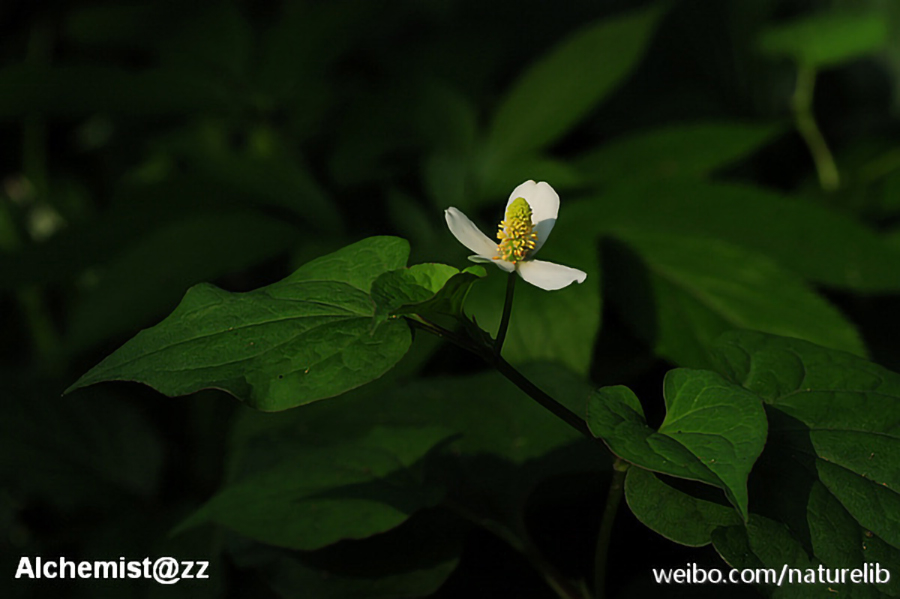- Scientific Name: Houttuynia cordata Thunb.
- Ref: Kongl. Vetensk. Acad. Nya Handl. 4: 149. 1783
- English Common Name: fish mint, fish leaf, rainbow plant, chameleon plant, heart leaf, fish wort, Chinese lizard tail, bishop’s weed
- Chinese Common Name: 蕺菜 jícài, 鱼腥草 yúxīng∙cǎo, 折耳根 zhéěr∙gēn, 猪鼻拱 zhūbí∙gǒng
- Japanese Common Name: ドクダミ [蕺草/蕺] dokudami, ギョセイソウ [魚腥草] gyoseisō, ジゴクソバ [地獄蕎麦] jigokusoba, ドクダメ [毒溜め] dokudame, ウマゼリ [馬芹] umazeri
- Family: Saururaceae
- Genus: Houttuynia
- Distribution: Ravines, streamsides, forests, wet meadows, slopes, thicket and field margins, trailsides, roadsides, ditch banks; near sea level to 2500 m. Anhui, Fujian, Gansu, Guangdong, Guangxi, Guizhou, Hainan, Henan, Hubei, Hunan, Jiangxi, Shaanxi, Sichuan, Taiwan, Xizang, Yunnan, Zhejiang [Bhutan, India, Indonesia (?Java), Japan (including Ryukyu Islands), Korea, Myanmar, Nepal, Sikkim, Thailand].
Herbs (5-)30-60 cm high; rhizomes creeping, thin. Basal part of stems creeping, rooted in whorls at nodes, apical part erect, glabrous or pubescent on nodes, sometimes purplish red. Stipular sheath (0.5-)1-2.5 cm, 1/4-1/2 as long as petiole, usually ciliate, base enlarged and slightly clasping; petiole (0.7-) 1-3.5(-4) cm, glabrous; leaf blade broadly ovate or ovate-cordate, (1.5-)4-10 × (1.8-)2.5-6 cm, thinly papery, densely glandular, usually glabrous, sometimes pubescent at vein axils, usually purplish abaxially, base cordate, apex shortly acuminate; veins 5-7, basal or innermost pair arising ca. 5 mm above base, if 7-veined, then outermost pair very slender or inconspicuous; reticulate veins ± conspicuous. Inflorescences (0.4-) 1.5-2.5(-2.7) cm × (2-)5-6 mm; peduncles 1.5-3 cm, subglabrous; involucral bracts oblong or obovate, (5-)10-15 × (3-)5-7 mm, apex rounded. Bract beneath each flower linear, terete, inconspicuous. Stamens longer than ovary. Capsule 2-3 mm, with persistent styles. Fl. Apr-Sep, fr. Jun-Oct. 2n = 24*, 96. (Flora of China)
